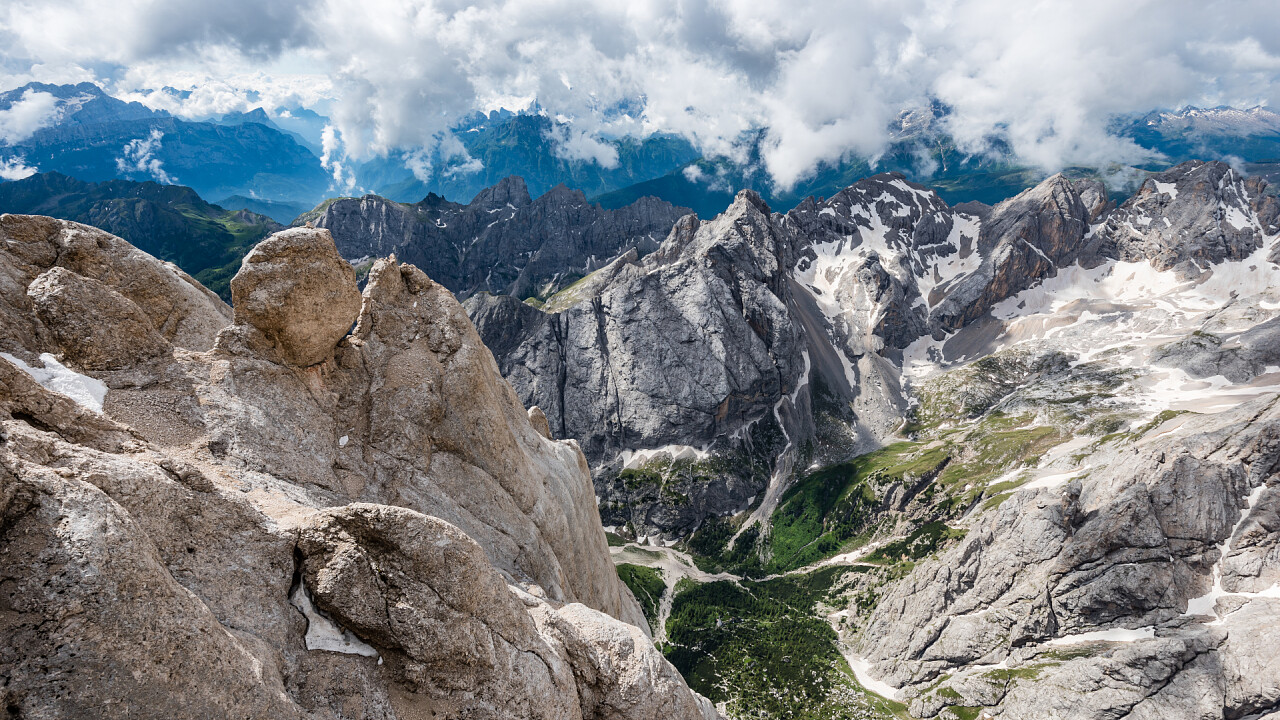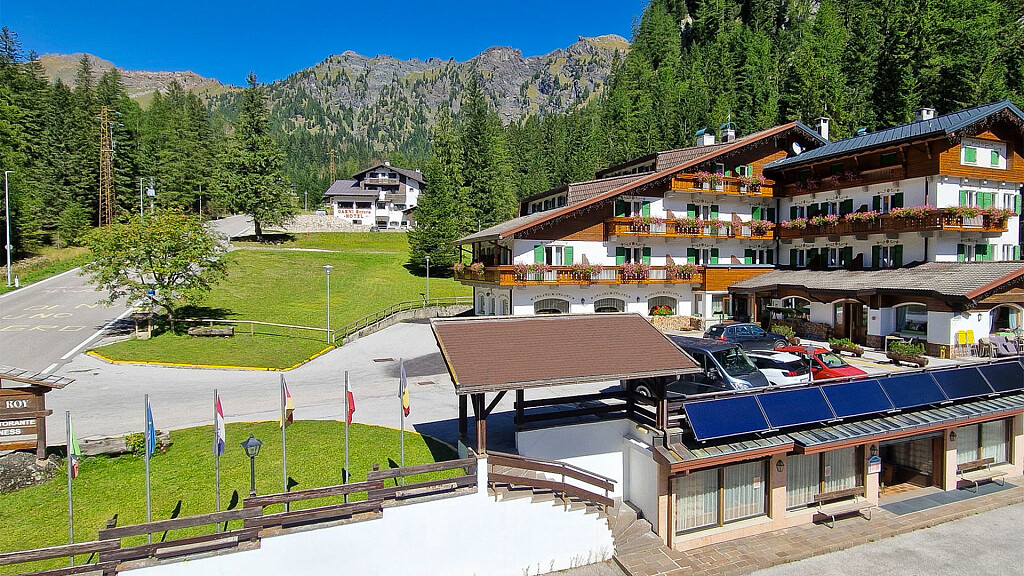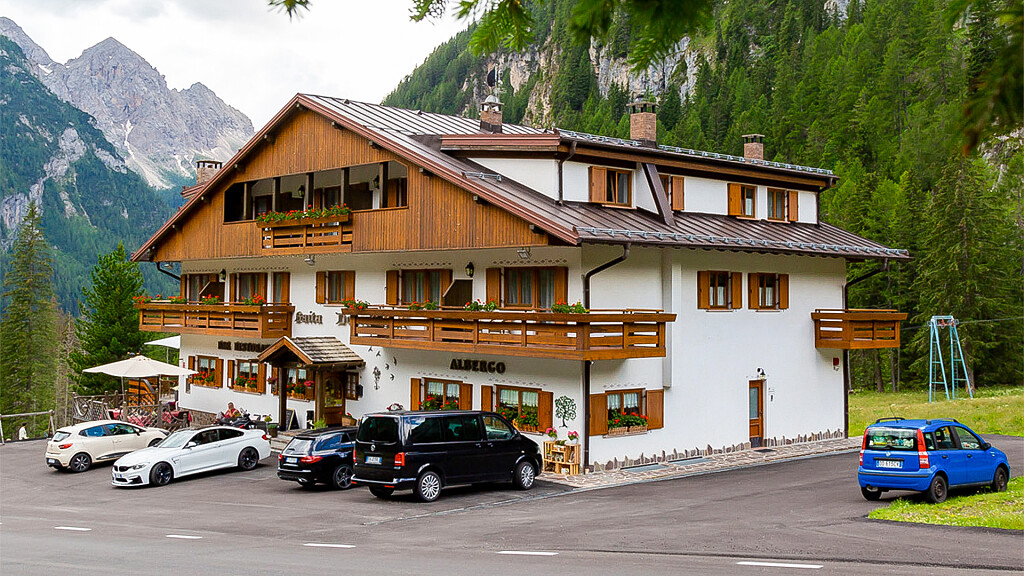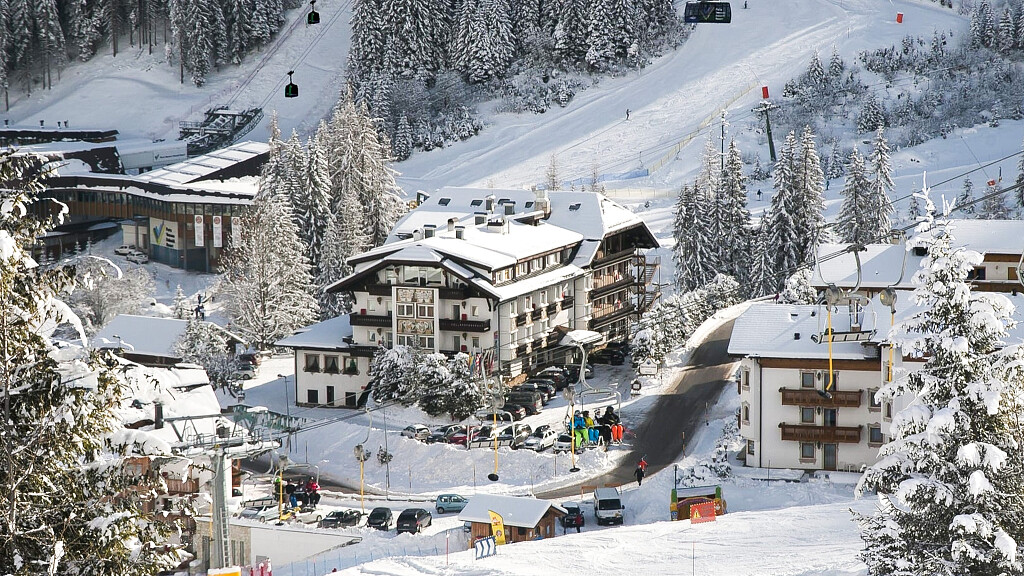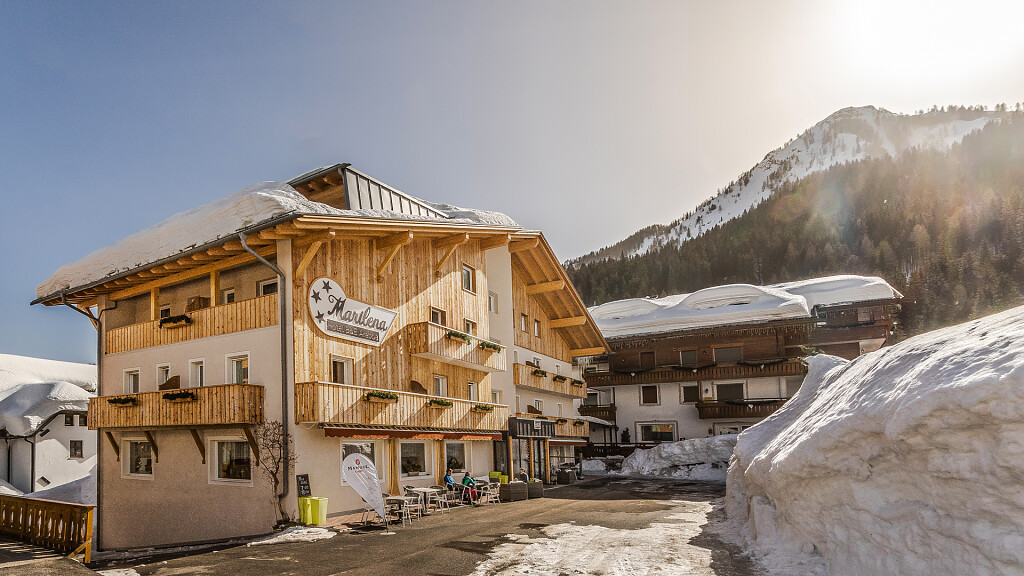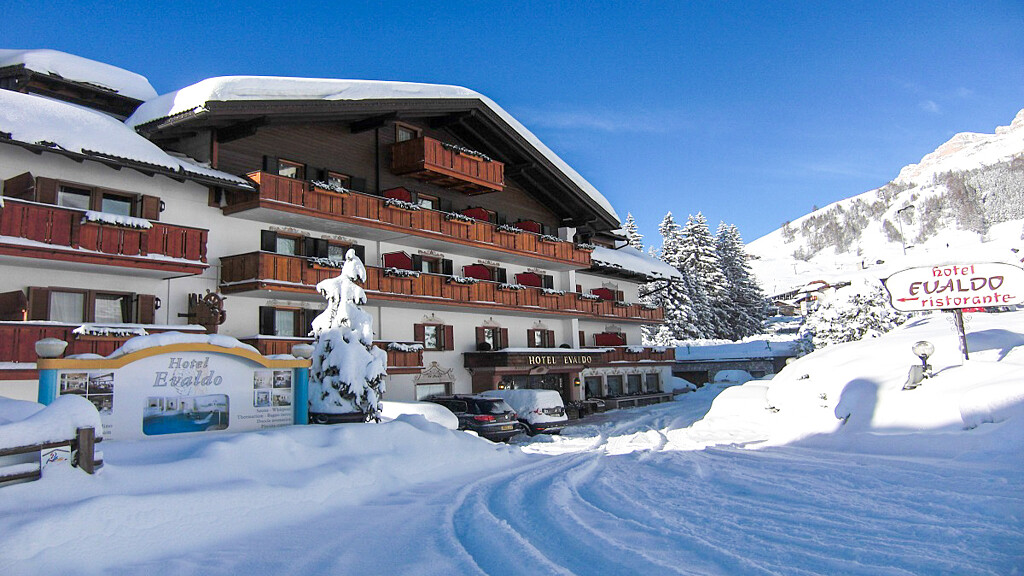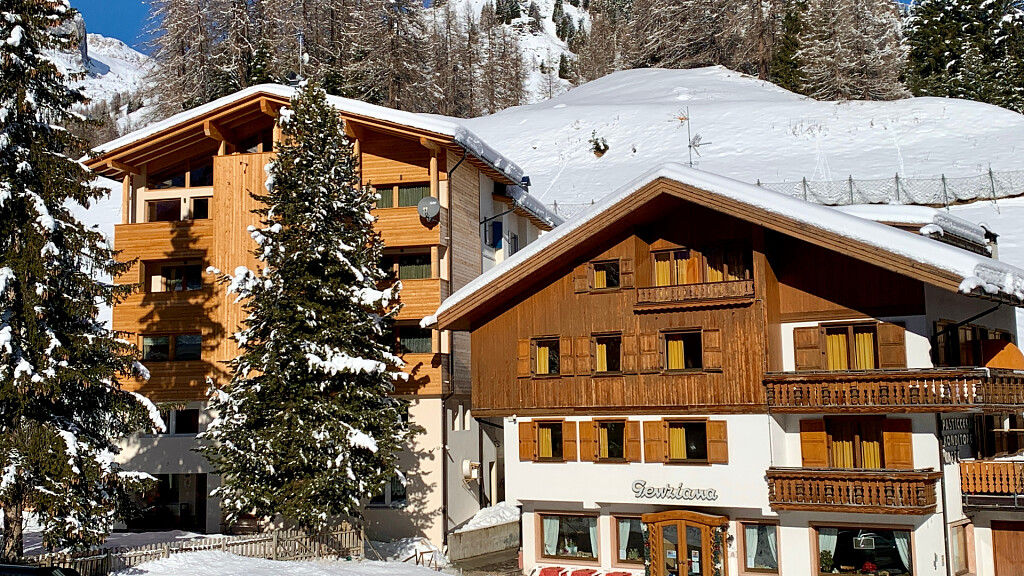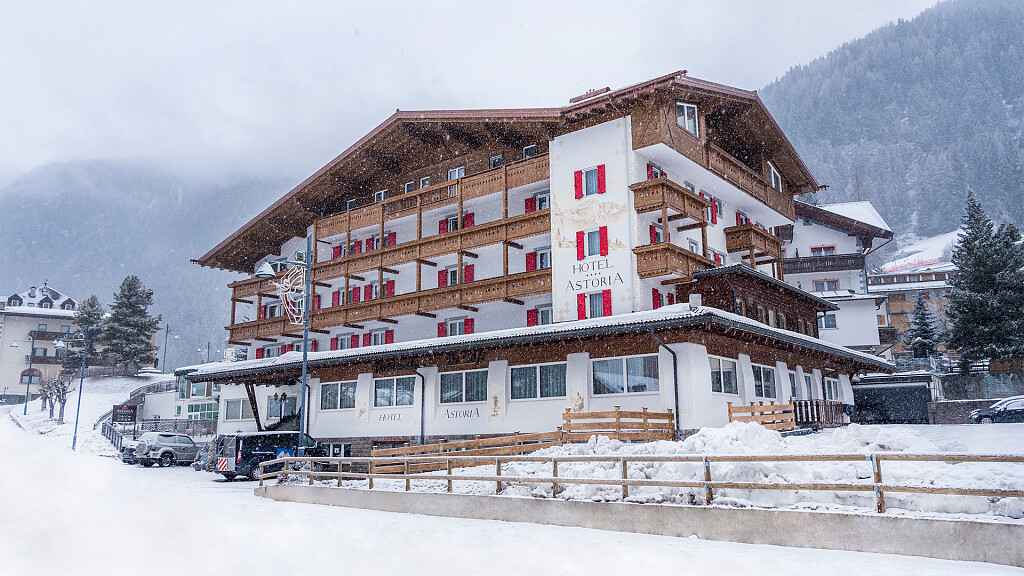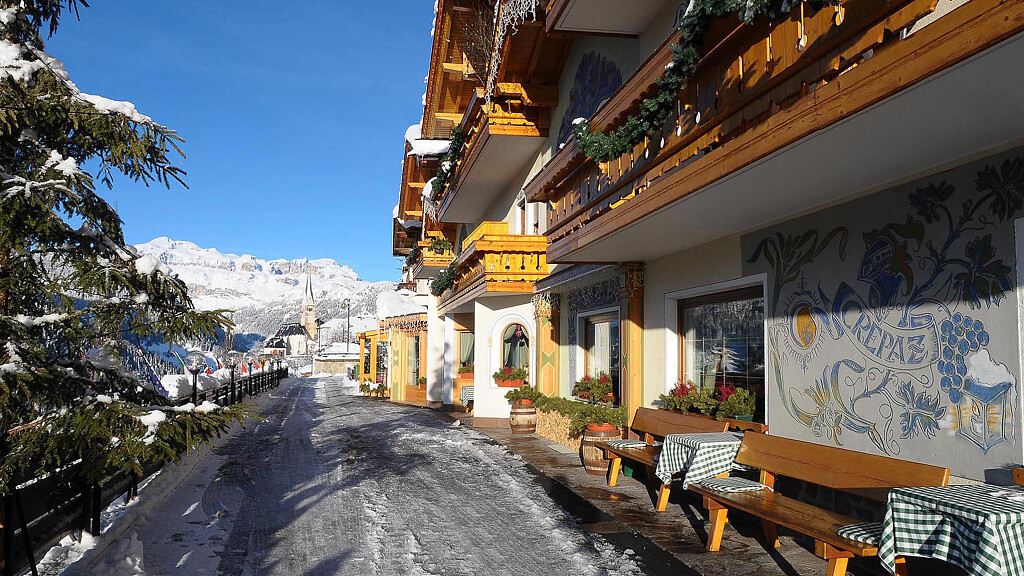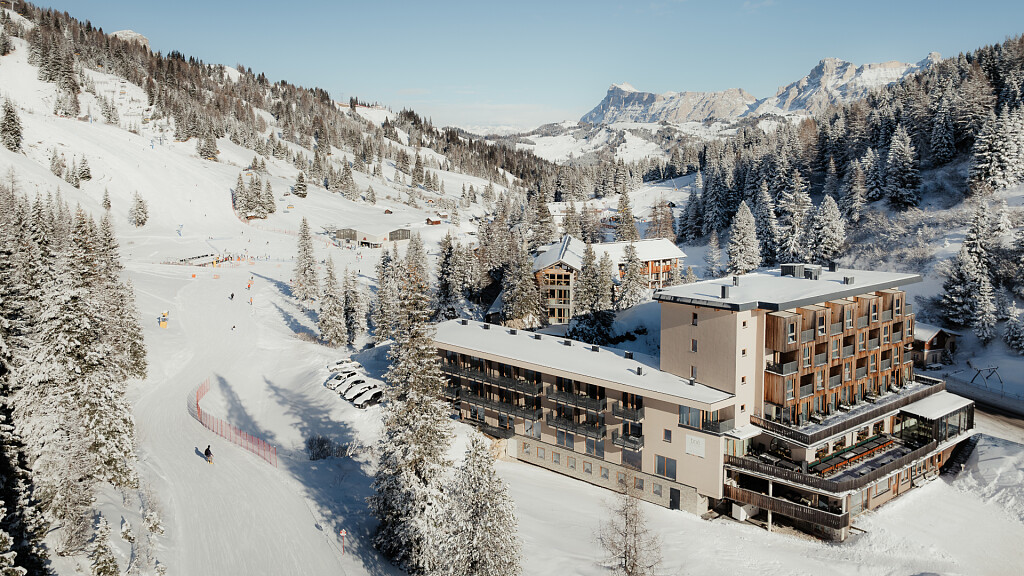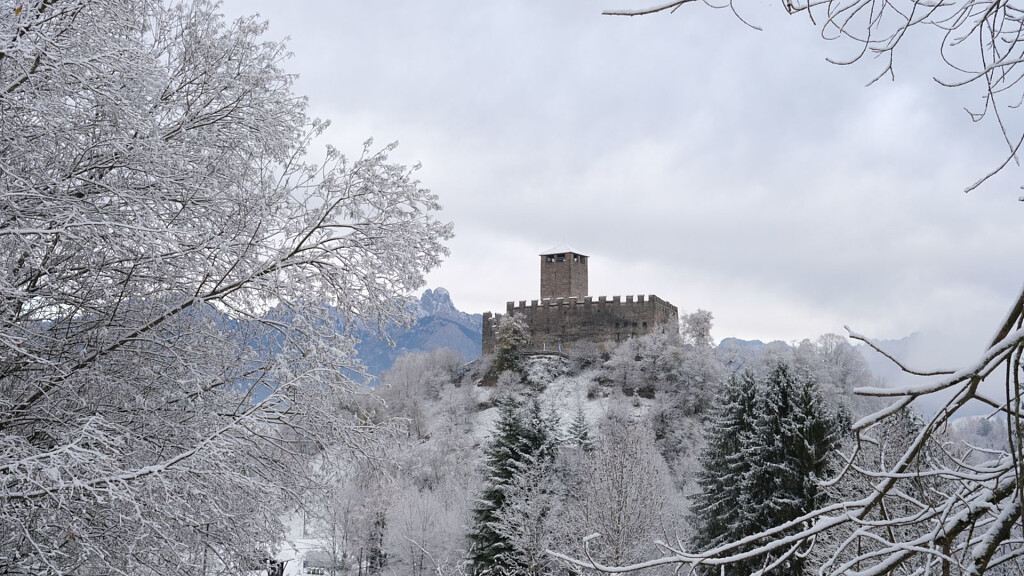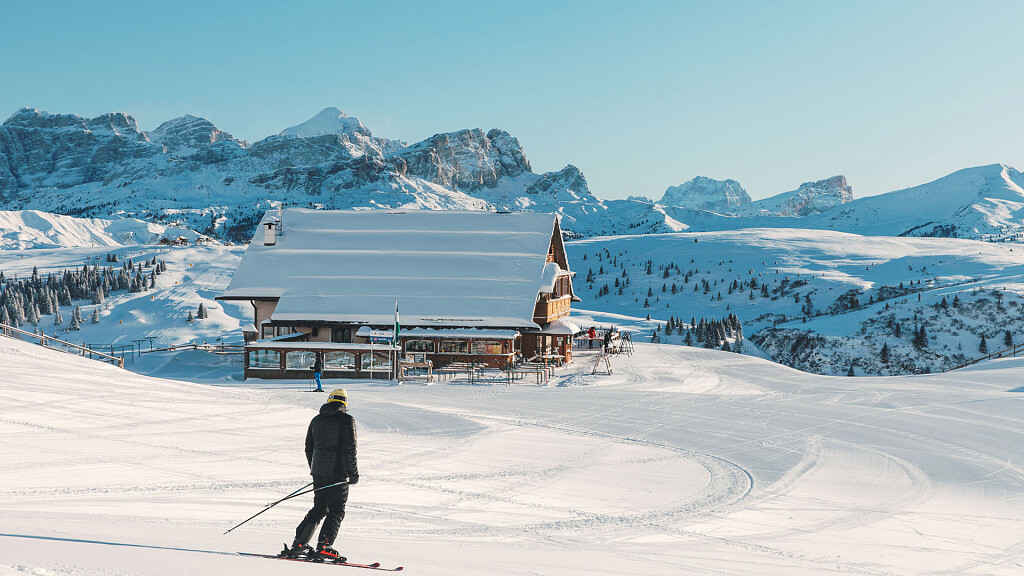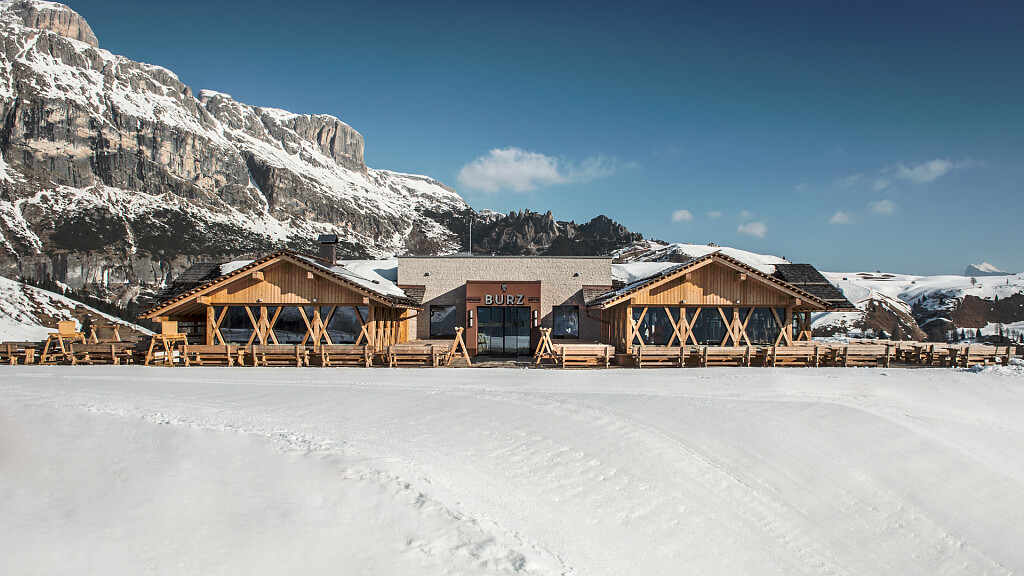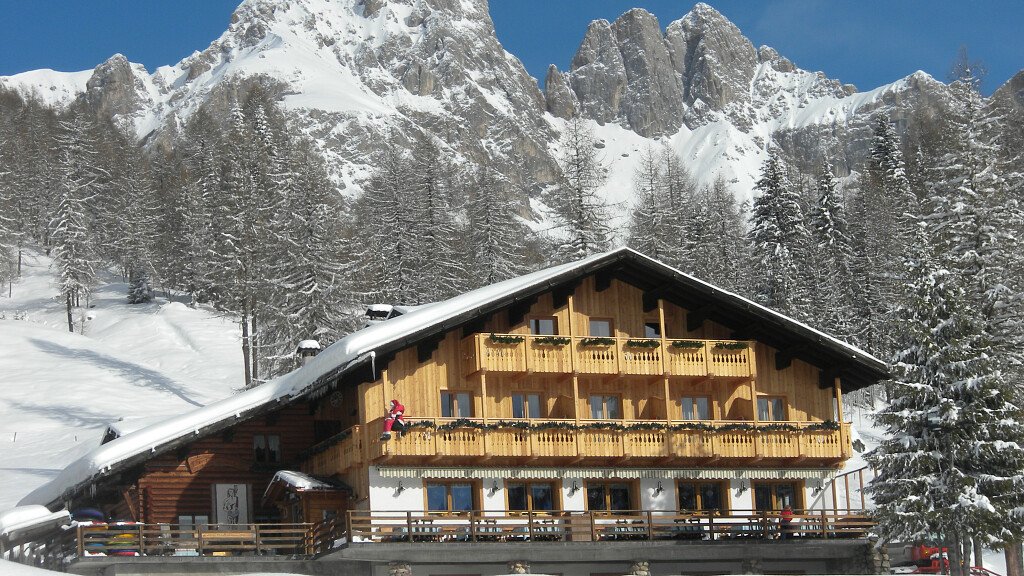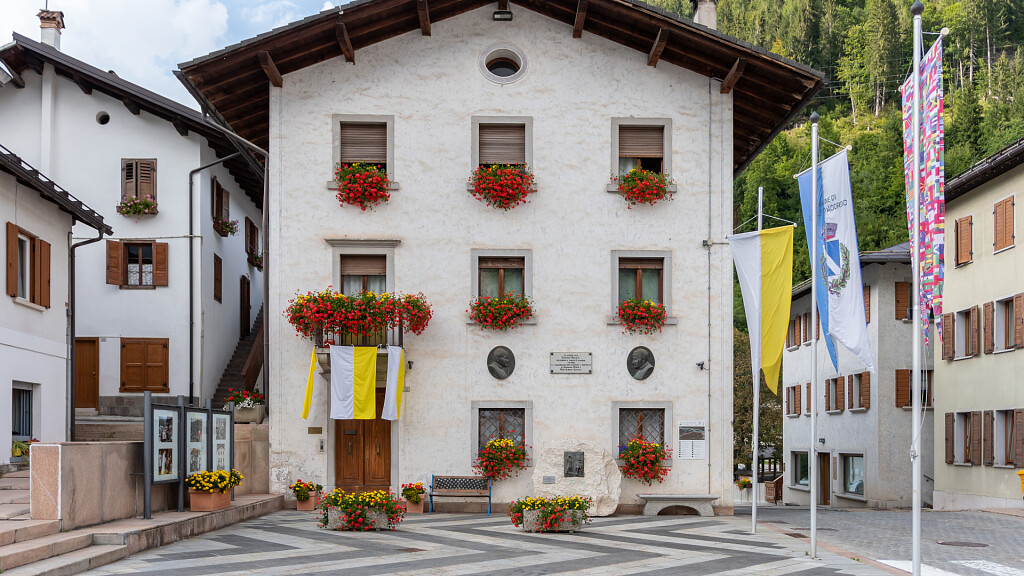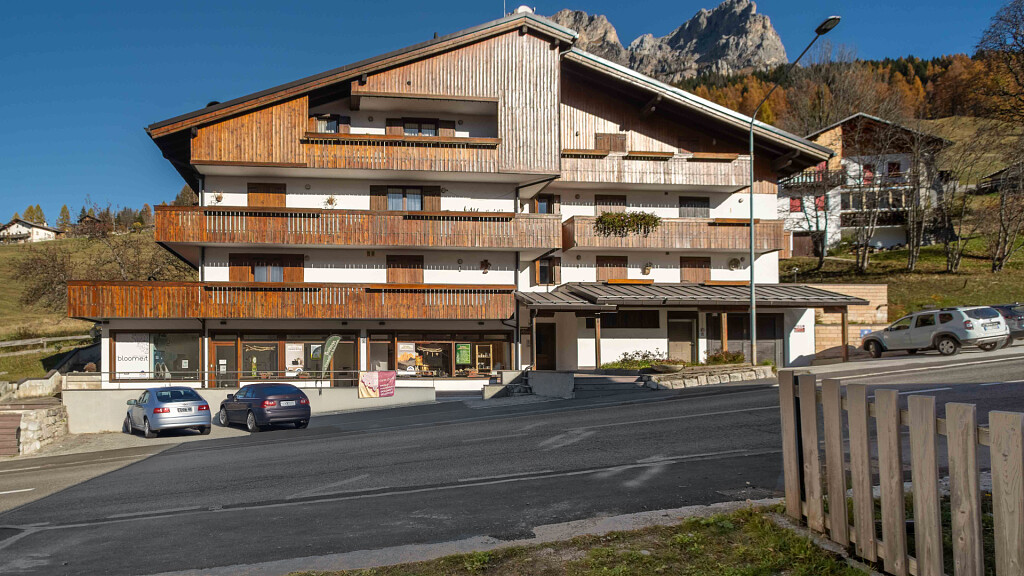Until 1915 the Marmolada drew the boundary line between the Italian Kingdom and the Austro-Hungarian Empire, which passed through the Passes Fedaia and Padon. After the declaration of war on the 24. May 1915 the Marmolada happened to be in war zone, in the so-called "Front of the Dolomites".
At the very beginning the Marmolada area did not seem to be so involved in the events, in spite of a couple of exchanges that had taken place just after the declaration of war in the Padon and Fedaia area, where the Italian troops wanted to conquer the pass. The Austrian Force, however, had already intuited that the Marmolada could have become a very important strategic bulwark and in spring 1916 some Austrian patrols occupied some hills.
These facts troubled the Italian high command, as the Italian troops, stationed on the Col di Lana could have been encircled and, at the same time, they could not occupy the Val Badia through Val Cordevole.
The Italian Force decided to drag the Austrian troops out. A platoon of Alpine troops climbed the south face. With difficulty, they made the enemy outposts withdraw and conquered the Serauta area.
From that point on both fronts begun to strengthen their respective positions, digging tunnels, passages, communication trenches both in the rock and ice, some situated above 3000 metres.
The "Città di ghiaccio" ("Ice city"), majestic war evidence, was designed by Engineer Leo Handl, who made dig a complex of tunnels and passages in the glacier, where the soldiers could both live and shelter very well. The soldiers, indeed, had to pay attention not only to snipers and grenades, but also to the so-called "white death": many men died under snow and avalanches, during this long war high up in the mountains.
In autumn 1917 the Italian troops retired in consequence of their defeat in Caporetto ... the war in the Marmolada was over.

